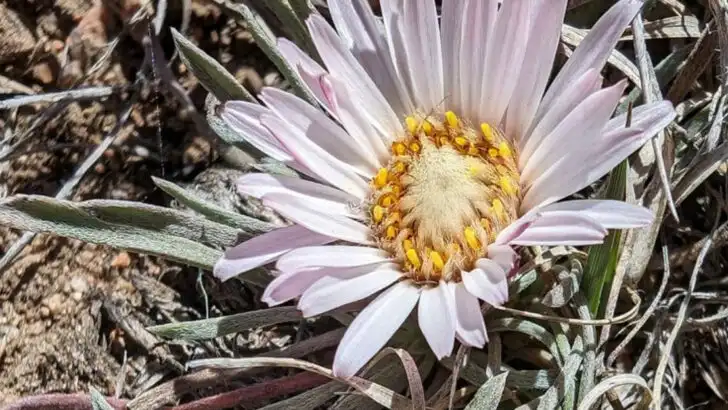You don’t need high-tech equipment or expensive treatments to improve your garden soil—nature already has the solution. Some plants are more than just beautiful; they act as natural soil detoxifiers, pulling toxins, heavy metals, and pollutants from the ground while adding life and color to your space.
These 16 remarkable plants are used in a process called phytoremediation, a science-backed method where greenery actually helps restore and purify contaminated earth. Whether your soil has been exposed to car fumes, construction runoff, or years of neglect, these plants can step in and do the dirty work—naturally and effectively.
But don’t think of them as only functional. Many of these green heroes also offer lush foliage, striking blooms, or fragrant leaves, making them perfect for filling in garden beds, lining walkways, or adding texture to tough spots in your yard. If you want to grow something that works hard while looking good, these soil-saving plants deserve a place in your garden.
Sunflower
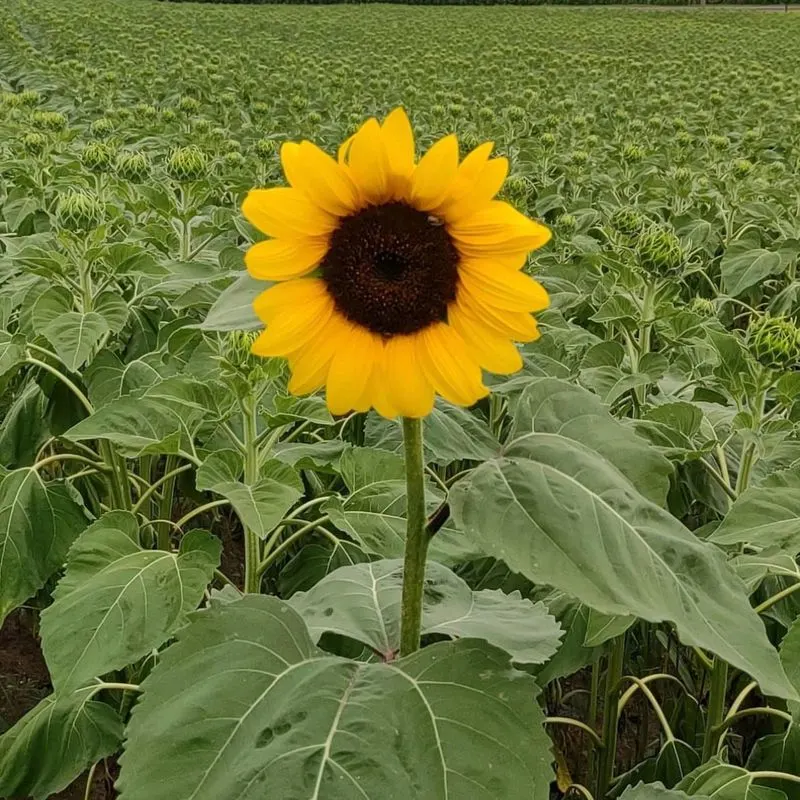
Sunflowers are not just cheerful giants waving in the breeze. These vibrant blooms act as natural sponges, soaking up heavy metals like lead and arsenic from polluted soil. Their deep roots and towering stalks help in breaking down contaminants, making them a favorite among environmentalists. Besides their cleaning prowess, sunflowers bring a splash of sunshine to any garden. Did you know? Sunflowers can grow up to 12 feet tall, making them a grand statement in any green space. Their resilience and beauty make them a top pick for both novice and seasoned gardeners.
Indian Mustard
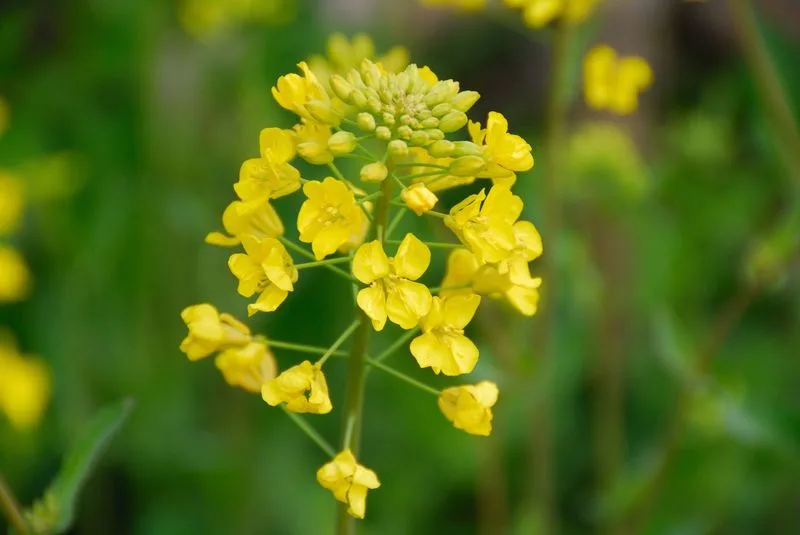
Indian mustard, with its vibrant yellow flowers, is more than an eye-catching plant. Known for its ability to absorb heavy metals from the soil, this plant is a key player in phytoremediation. Its roots dig deep, pulling toxins out and leaving the earth healthier. Not only does it cleanse the environment, but it also adds a vivid pop of color to any space it inhabits. This dual-purpose plant is a must-have for those looking to marry functionality with beauty in their gardening efforts.
Vetiver Grass

Vetiver grass is a plant of practicality and endurance. Its robust root system makes it perfect for stabilizing soil and combating erosion. But there’s more – vetiver is a champion at detoxifying soil, drawing out heavy metals and supporting cleaner, greener terrains. Its spiky leaves and lush growth are visually striking, making it both a functional and decorative addition to gardens and landscapes. Whether you’re battling pollution or simply seeking a hardy plant, vetiver offers a sustainable solution.
Poplar Trees
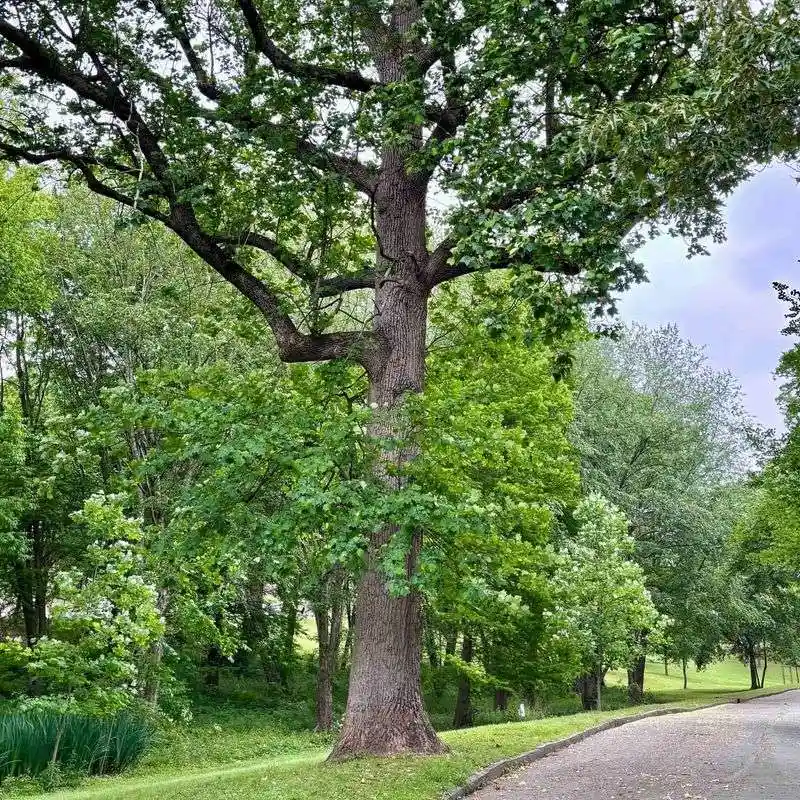
Poplar trees stand as silent sentinels in nature’s arsenal against pollution. These fast-growing trees are excellent at absorbing and breaking down contaminants such as nitrogen dioxide and heavy metals. Their towering presence and sweeping branches offer shade while working tirelessly to improve soil health. In autumn, their leaves turn a stunning golden hue, adding seasonal charm to their environmental contributions. Known for their resilience, poplars are a strategic choice for enhancing landscape aesthetics while protecting the ecosystem.
Willow Trees
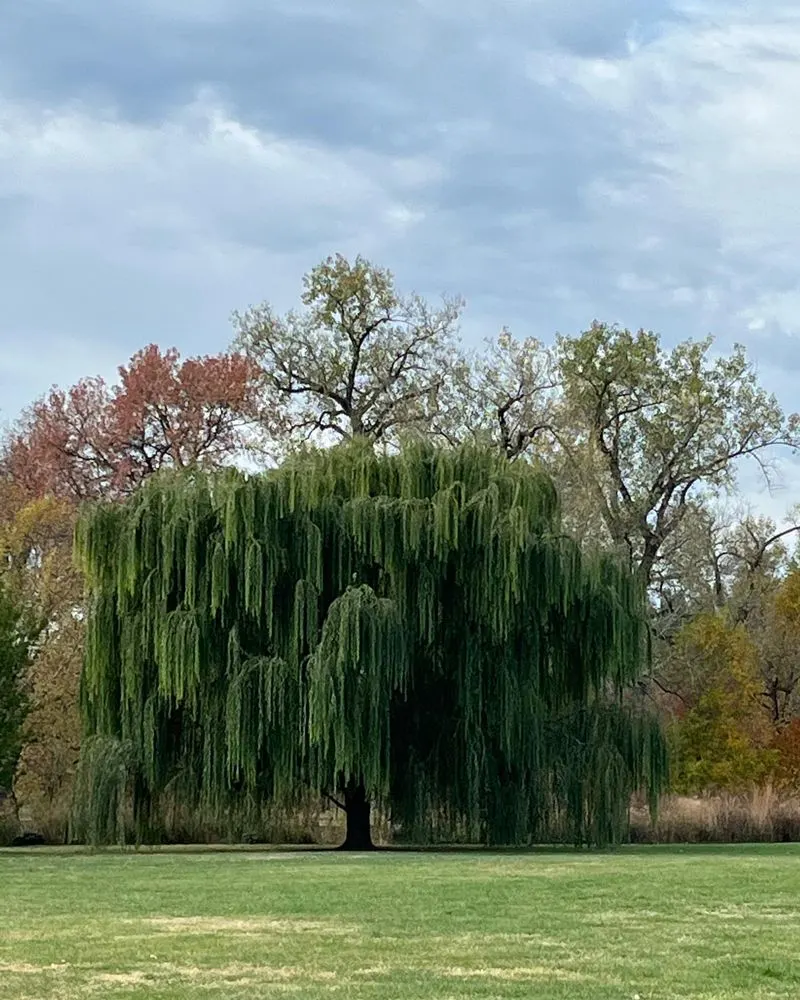
The gentle grace of willow trees belies their strength in environmental healing. Willows efficiently extract heavy metals and excess nutrients, restoring balance to polluted soils. Their drooping branches create a tranquil scene, often reflected in the waters they adorn. Willows play an essential role in ecosystem restoration, coupling aesthetic appeal with their ability to cleanse and rejuvenate. Their adaptability makes them a valuable addition for anyone looking to blend eco-friendly practices with natural beauty in landscaping.
Ragweed
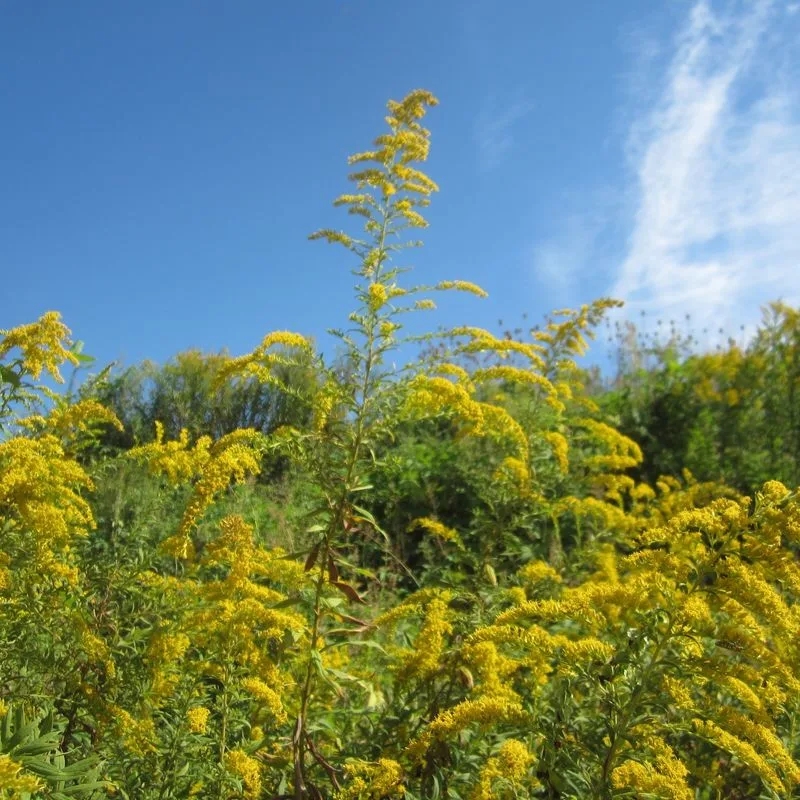
Ragweed might not be a gardener’s first choice for beauty, but it is a powerhouse in soil remediation. This unassuming plant excels in absorbing toxins and heavy metals, quietly improving soil quality. Ragweed’s subtle appearance can be a surprising ally in areas suffering from pollution. While it may not boast vibrant flowers, its contribution to a cleaner environment is invaluable. For those focusing on function over form, ragweed offers a steadfast solution in detoxifying the land.
Alpine Pennycress
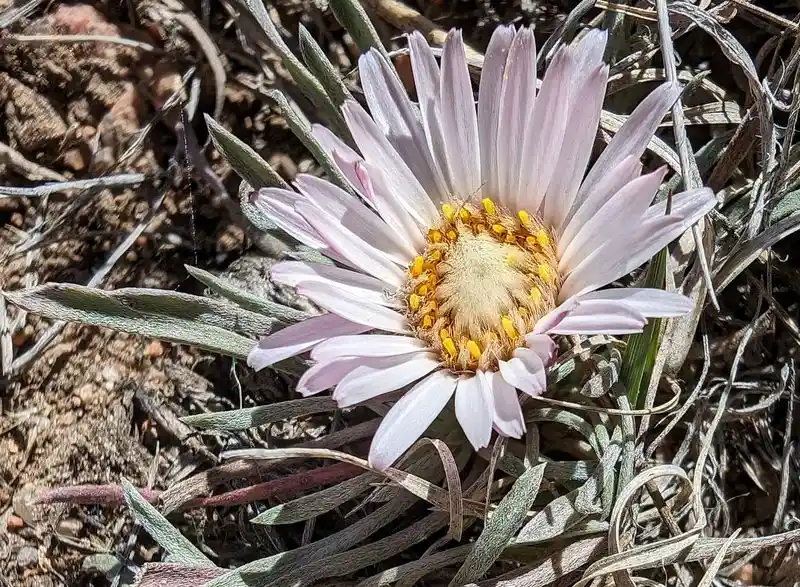
Alpine pennycress thrives where others falter, often found in rocky, nutrient-poor soils. This hardy plant doesn’t just survive in tough conditions; it transforms them. By absorbing heavy metals, alpine pennycress cleanses the earth, creating healthier ground for future growth. Its tiny white flowers may seem modest, but their impact on soil health is significant. This plant is a testament to resilience, proving that even the smallest efforts can lead to substantial environmental improvements.
Bermudagrass
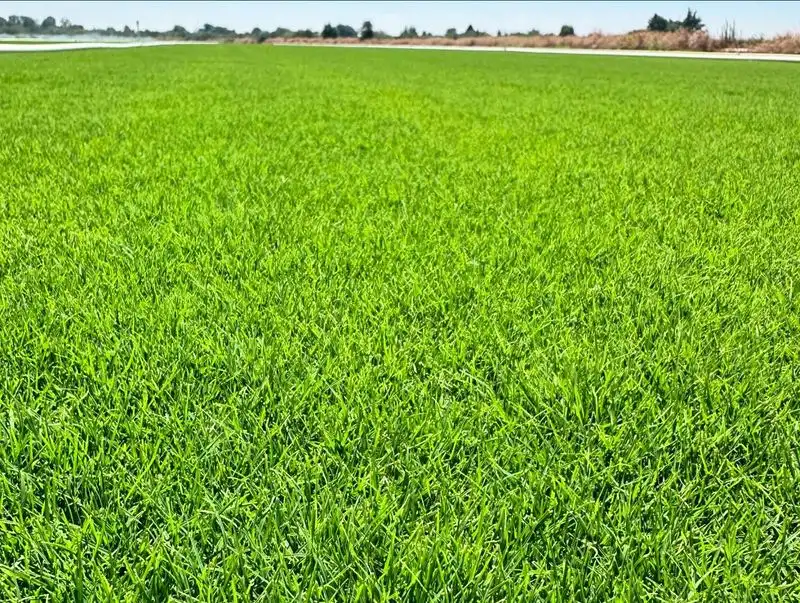
Bermudagrass, often seen in manicured lawns, does more than create verdant expanses. This plant is a quiet workhorse, efficient at filtering and decontaminating soil. Its dense growth ensures minimal soil erosion, while its roots are involved in breaking down pollutants. Though commonly associated with sports fields and gardens, bermudagrass’s role in environmental restoration is equally noteworthy. For those interested in sustainable gardening practices, incorporating bermudagrass offers both aesthetic and ecological benefits.
Brake Fern
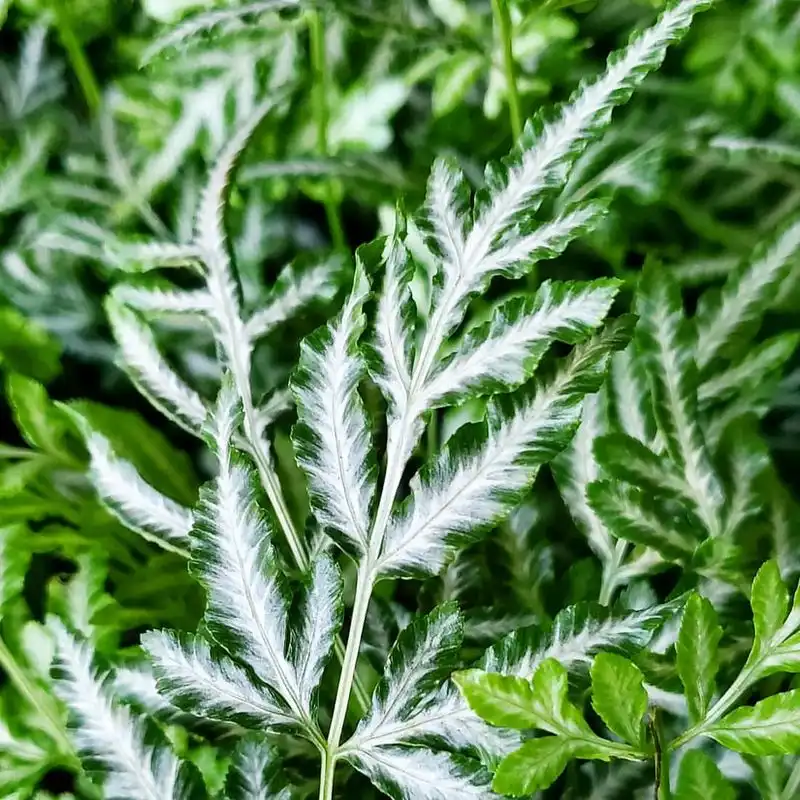
The brake fern is a green marvel in the world of phytoremediation. Known for its ability to extract arsenic from contaminated soils, it plays a critical role in detoxifying environments. Its elegant fronds add a touch of nature’s artistry to any garden. Despite their delicate appearance, brake ferns are formidable allies against soil pollution. They serve as a reminder that beauty and functionality can coexist harmoniously, offering gardeners an opportunity to make a positive environmental impact.
Comfrey
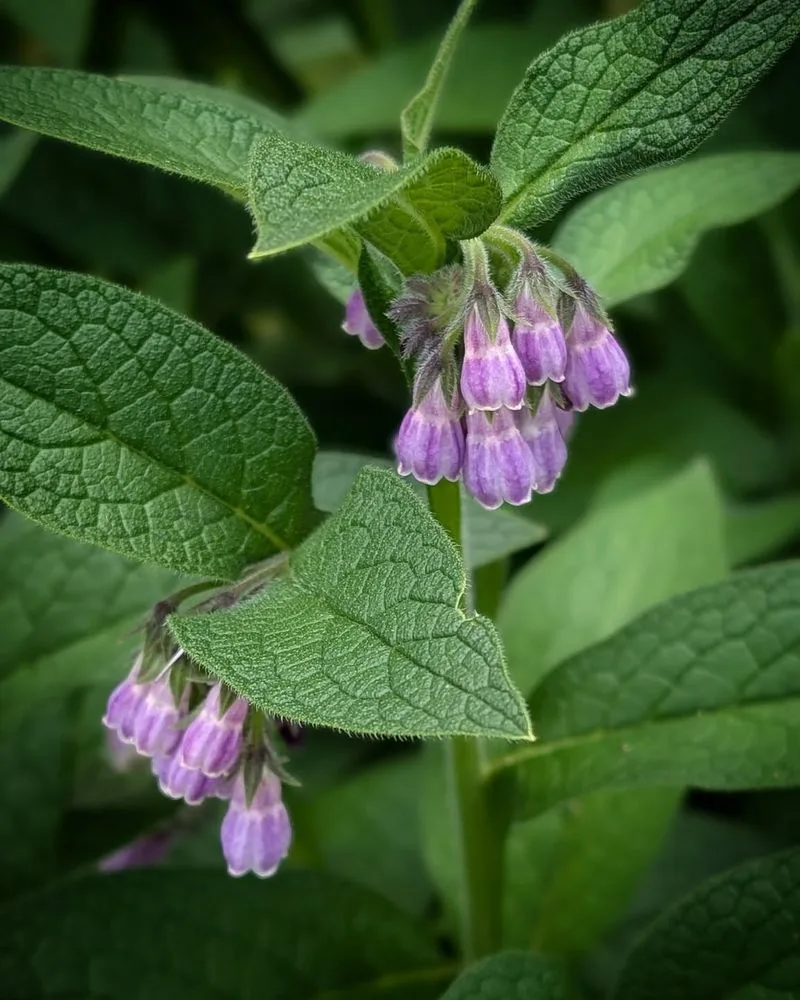
Comfrey, with its robust growth and lush foliage, is more than just a pretty face in the garden. This plant excels at nutrient cycling, pulling up deep soil minerals and making them accessible to other plants. As a dynamic accumulator, comfrey improves soil fertility while also aiding in phytoremediation. Its ability to regenerate quickly makes it a sustainable option for maintaining soil health. Gardeners appreciate comfrey not only for its ecological benefits but also for its vibrant presence in any planting scheme.
Cattail
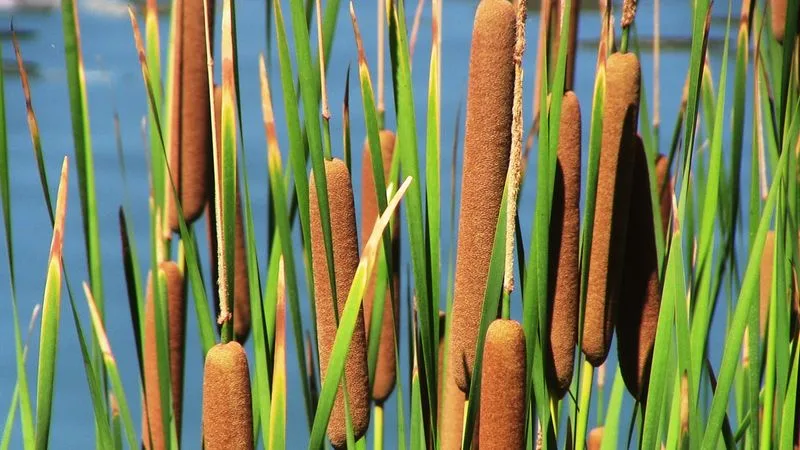
Cattails are the unsung heroes of wetland ecosystems. These plants play a crucial role in filtering water and soil, absorbing pollutants with their extensive root systems. Their iconic brown spikes and slender leaves create striking silhouettes against water bodies. Cattails not only support biodiversity but also contribute to healthier ecosystems by purifying the environment. For nature enthusiasts looking to enhance both the beauty and functionality of their wetland areas, cattails offer a perfect blend of aesthetics and practicality.
Switchgrass
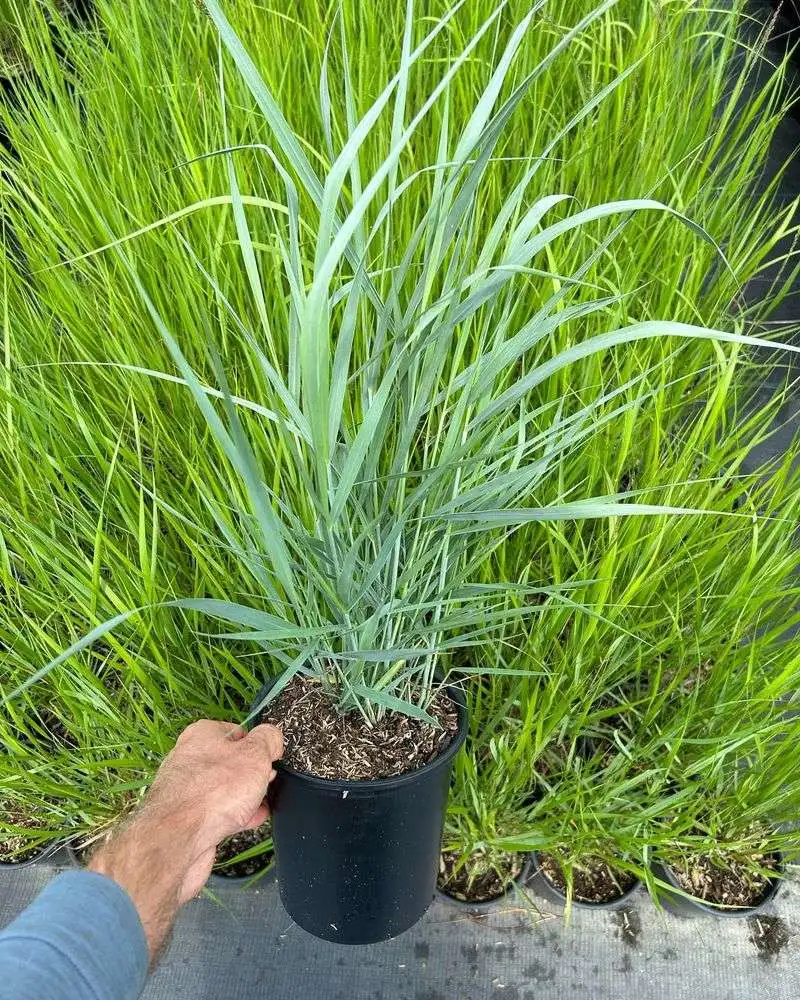
Switchgrass is often celebrated for its role in biofuel production, but it also excels at phytoremediation. This hardy plant thrives in various soil conditions, efficiently removing toxins while providing habitat for wildlife. Its tall, graceful blades create dynamic movement in the landscape. Switchgrass offers a sustainable approach to soil restoration, combining ecological benefits with visual appeal. Its resilience and adaptability make it a versatile choice for reviving contaminated areas and supporting environmental health.
Bamboo
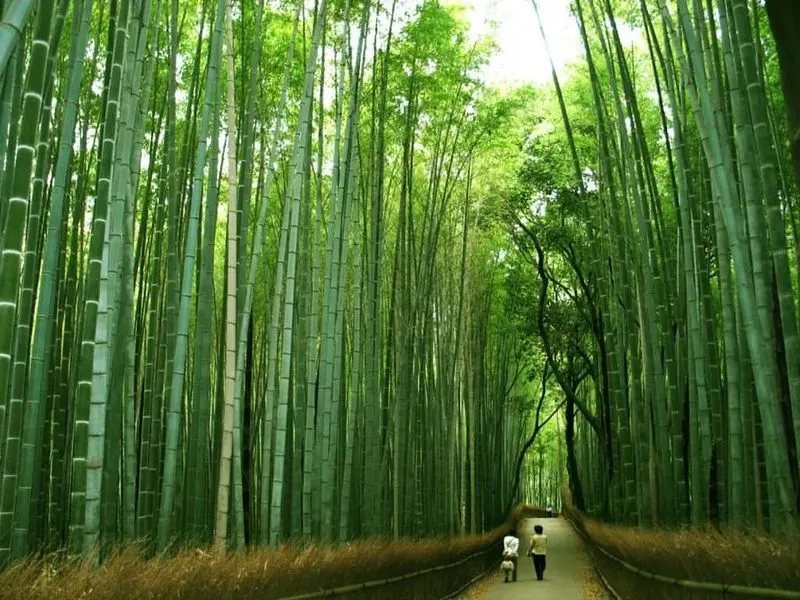
Bamboo’s rapid growth and sturdy stalks make it a powerhouse in soil improvement. This plant is adept at absorbing heavy metals, helping to cleanse polluted sites. With its lush, towering canes, bamboo brings an exotic touch to any landscape. Beyond its aesthetic qualities, bamboo also contributes to erosion control, making it a valuable addition in environmentally sensitive areas. Both practical and beautiful, bamboo stands as a testament to nature’s ability to heal and rejuvenate.
White Clover
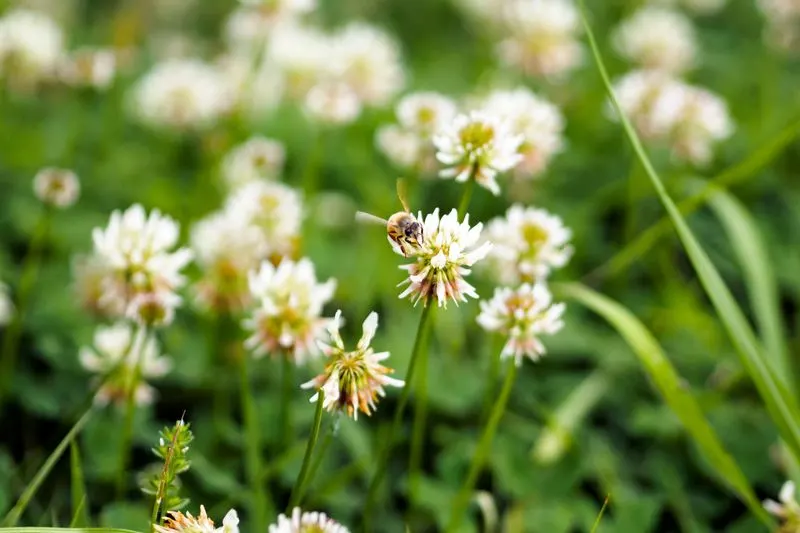
White clover is often overlooked, yet it plays a vital role in improving soil quality. This plant fixes nitrogen, enhancing soil fertility naturally. Its dense, green carpet helps prevent erosion and maintains moisture levels. White clover’s small, white flowers add a delicate touch to gardens and fields. As a companion plant, it supports the growth of more demanding species, proving that even modest plants can significantly impact soil health and biodiversity.
Eucalyptus
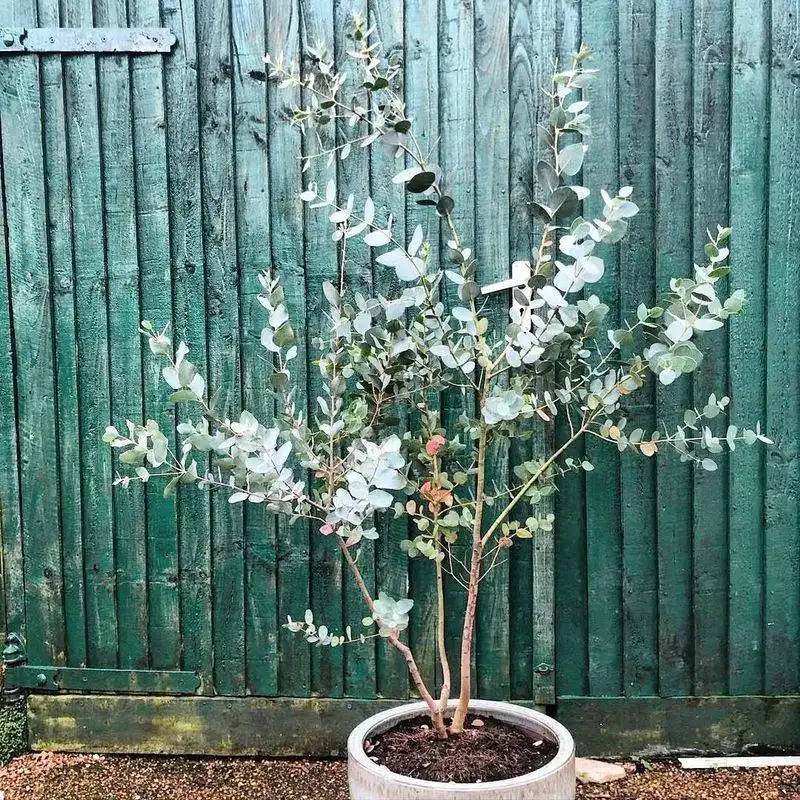
Eucalyptus adds a touch of the exotic with its aromatic and visually striking leaves. This tree is known for its ability to absorb heavy metals, playing a crucial role in phytoremediation. Its rapid growth and resilience make it ideal for restoring polluted landscapes. Eucalyptus trees not only detoxify the soil but also provide shade and habitat for wildlife. Their presence in a garden or landscape brings both environmental and aesthetic benefits, making them a popular choice for sustainable planting.
Corn
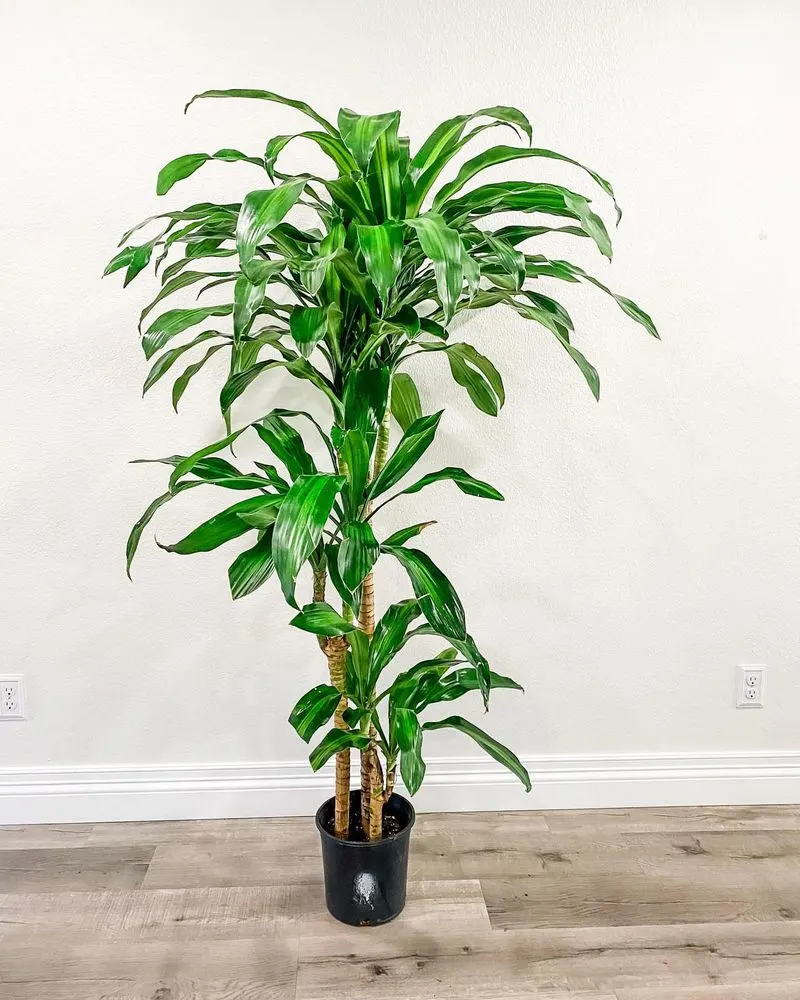
Cornfields are a familiar sight, but beyond their agricultural value, corn plants are effective at phytoremediation. These plants absorb heavy metals, contributing to soil restoration. Corn’s towering stalks and lush leaves create a vibrant visual statement in fields and gardens. As a staple crop, corn demonstrates the intersection of agriculture and environmental stewardship. For those looking to combine food production with ecological sustainability, planting corn offers a practical and attractive solution.

